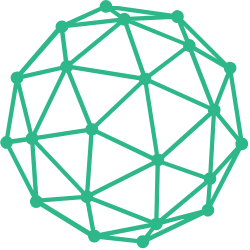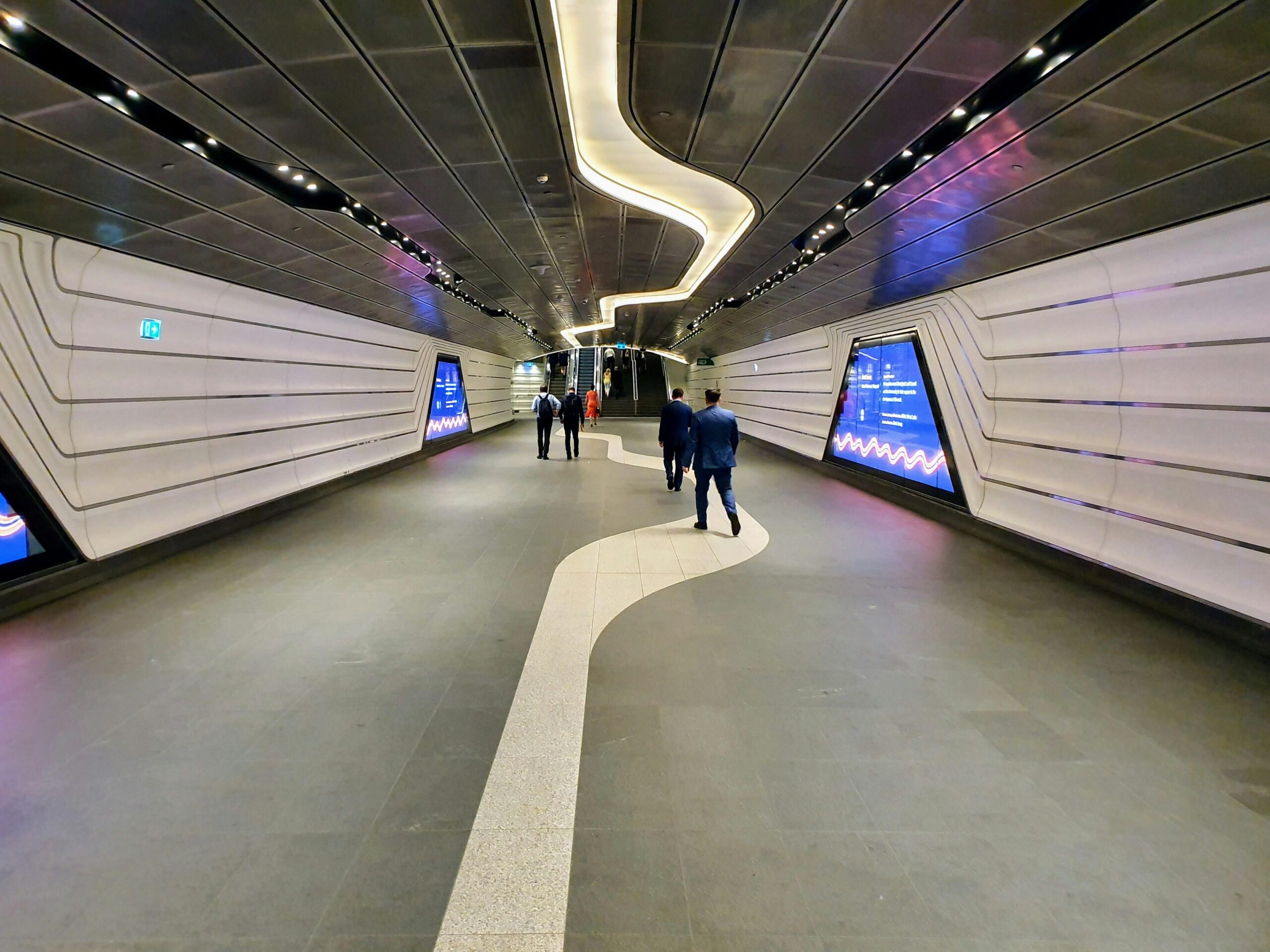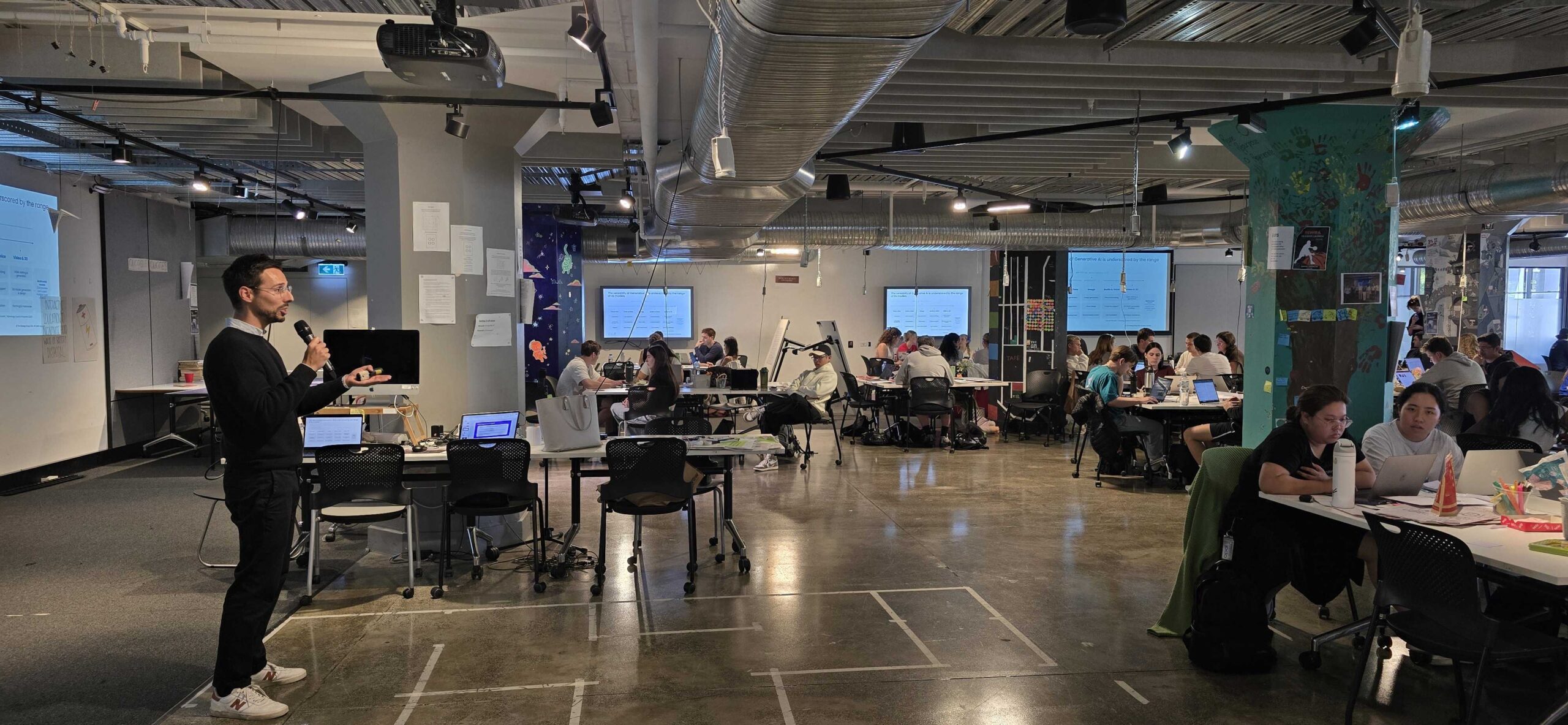One of the things we hear again and again from our clients is that “nobody has time”. Everyone is “time poor” and busy, focussing on the day to day and unable to spare time for creative thinking. We are here to remind you that focussing on the seemingly urgent short term tasks is a false sense of security!
What makes people time poor? The drive for short term results convinces us to think we’ve got far too much to do. We become too eager to jump to outcomes and to focus on the traditional drivers of success like sales, profit, or market share. We feel overwhelmed with the hundreds of emails and the compelling drive of Twitter, Facebook, LinkedIn, and text messages. The variety of distractions pulls us away from thinking we can take time to think strategically. And so we don’t.
How can we change the way we use time to drive innovation?
1. Give permission to your team
Permission is important; giving yourself and your team permission to think about something other than the tactical. Would you be willing to give your team a day a week to work on anything they like, that’s of relevance to the business? How about an hour a week? Most would agree to do that. But the reality is we just don’t commit to making the time. Give your team permission. Go on. Do it.
2. Structure new uses of time into the working week
How can you re-engineer the working week to ensure people use time in ways that encourage innovation? This means time for creative thinking and thinking differently. At the Strategy Group, we commence every team meeting with a ten-minute meditation session. We find it puts us in the right headspace for the meeting and benefits us throughout the day. Introducing rituals like this is a great way to make ongoing changes.
3. Instil a corporate culture that values creative use of time
Giving people permission to think outside the box is often seen as time wasted. It should be considered an investment. We must create a company culture that values and uses time in a way that drives innovation, with a sense of trust and respect that everyone is working towards the same goal.
4. Break down the assumption that people are only useful and productive when sitting at their screens, typing
A great example is how Google gave all their engineers what they call “20% time. Many of their significant advances have come out this concept. One of the key drivers of Google’s success is that they realised that by building time for innovation and creativity into the work structure not only would the staff feel empowered, but significant innovations would occur.
Wind the clock back and look at key scientists of our time. They weren’t driven by email. They were sitting in coffee shops, writing books and thinking creatively. Key breakthroughs and discoveries tend to happen out in the world thinking and reflecting. Think of Newton under the apple tree! The culture of office busyness is a real problem.
Making time is part of the transformation into a more innovative organisation.
You need to admit that what got you here won’t get you where you want to go. It’s time to change how you spend your time.
How do you build innovation capability to think differently? Permission and time go hand in hand. They lead to more innovative organisations, which leads to business transformation in the face of disruption and a significantly more engaged workforce.
If you’d like to chat to us about using time to drive innovation, please get in touch.












